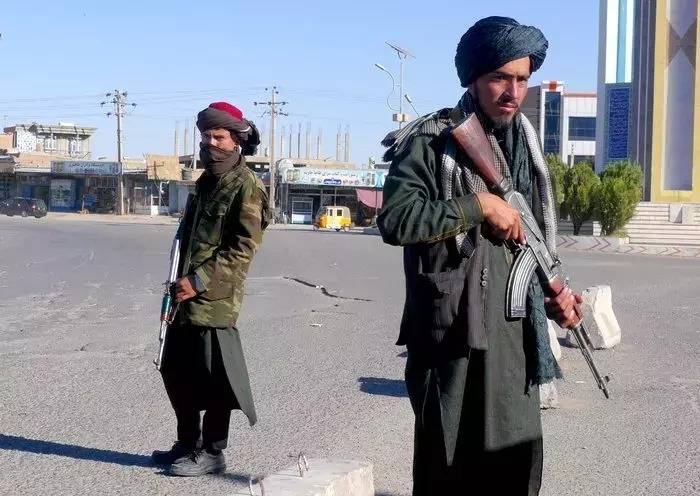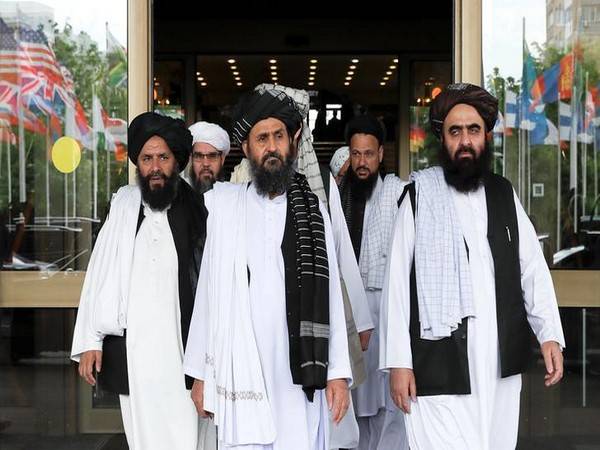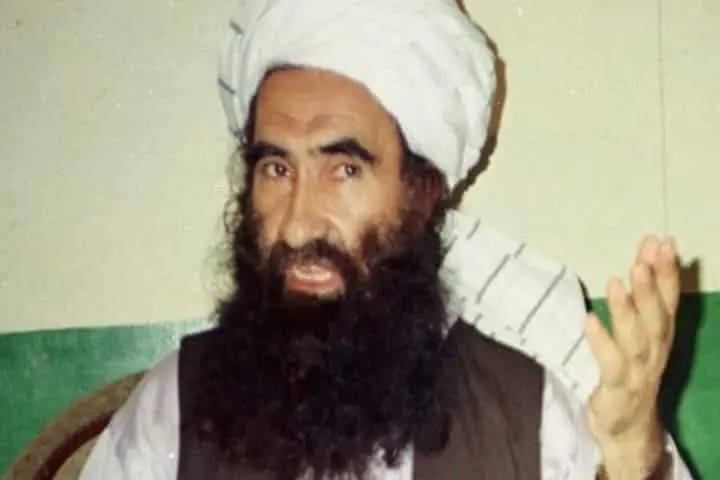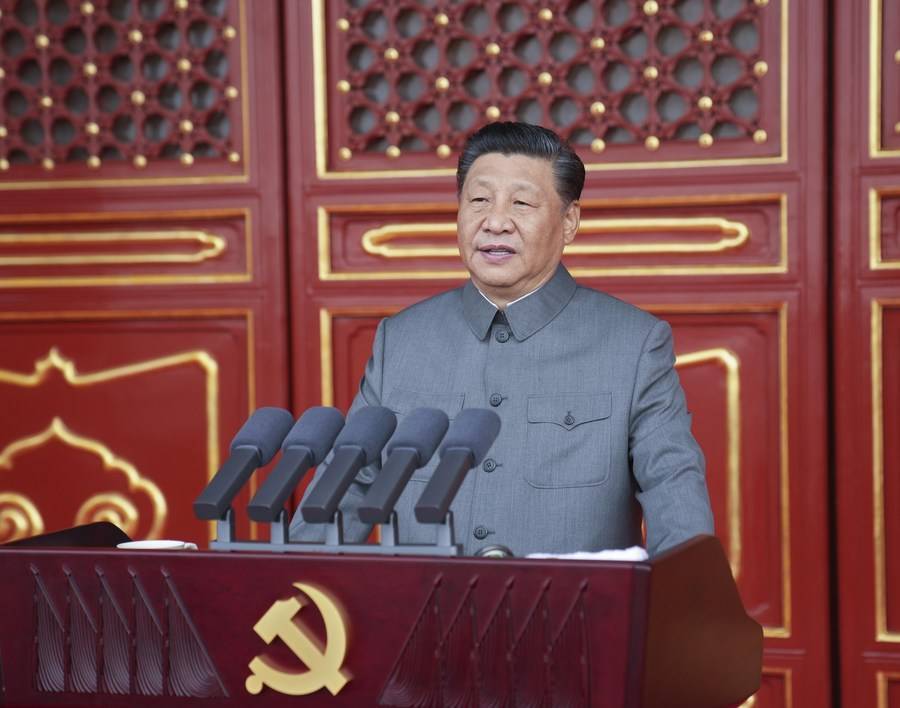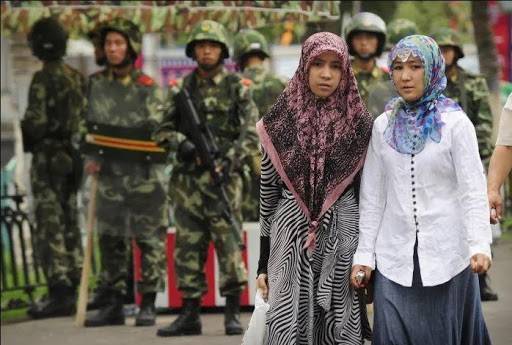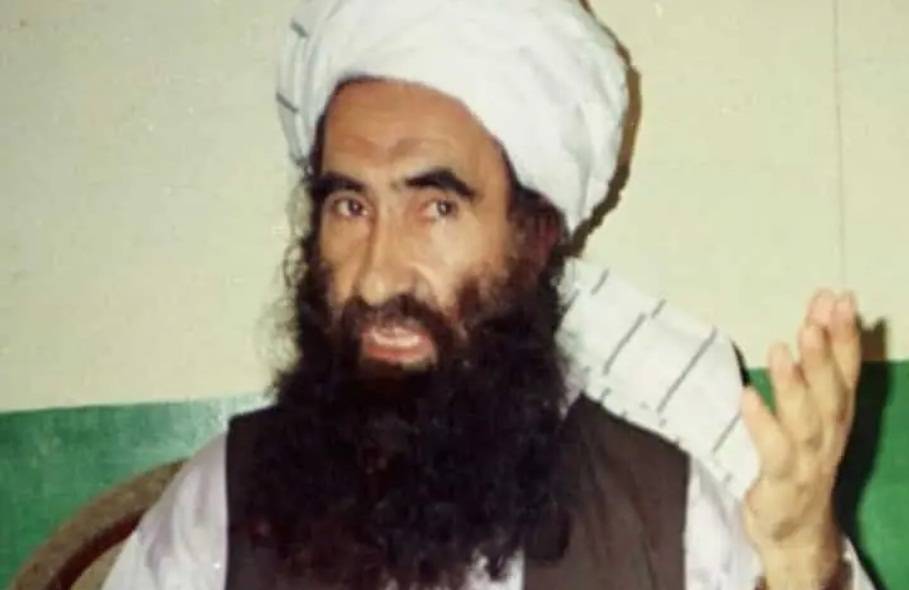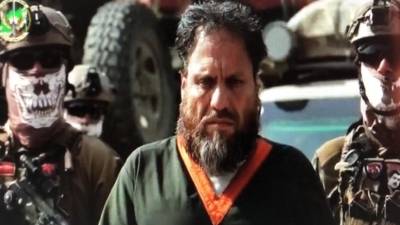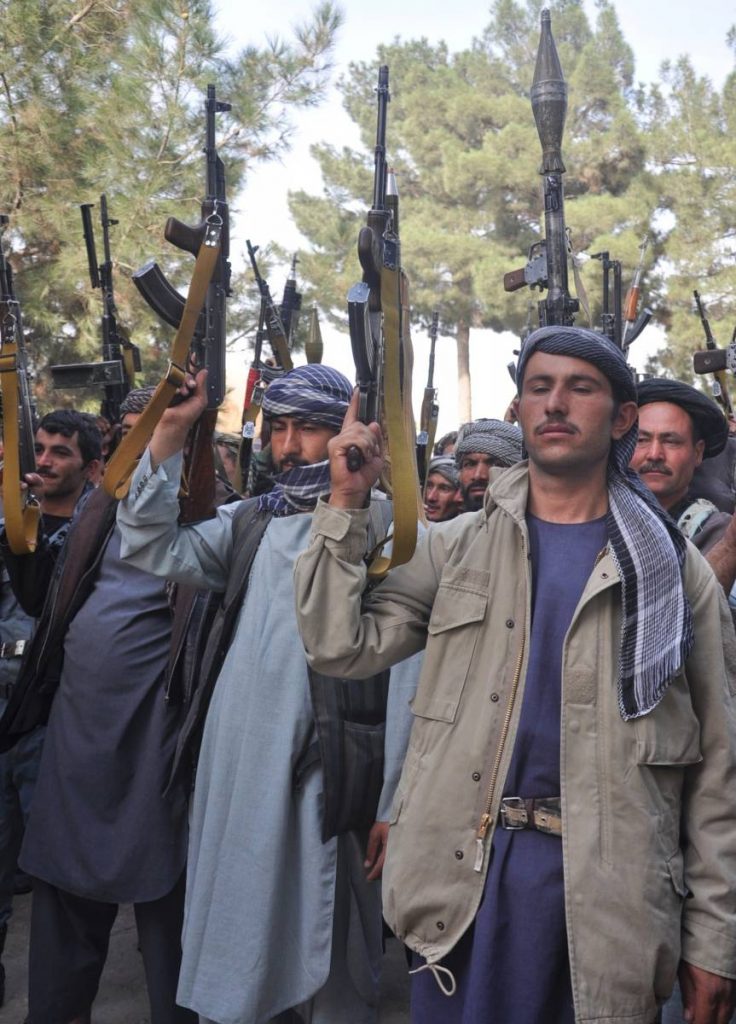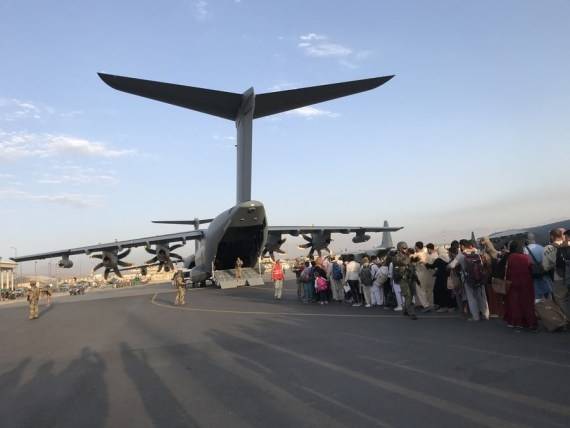Rumours have it the TTP was also invited by Afghan Interior Minister Sirajuddin Haqqani to Kabul, but the group declined the invitation…reports Asian Lite News
The Tehreek-e-Taliban Pakistan (TTP) appears to have lost trust in the “Haqqani faction” of the Afghan Taliban, which is considered close to the Pakistani establishment, and instead seeks to align itself with the rival “Kandahari faction” led by Afghan Defence Minister Mullah Yaqoob.
The TTP’s statement on ending the ceasefire with Pakistan government came hours after the Foreign Ministry said that Deputy Foreign Minister Hina Rabbani Khar will be leading a high-level delegation to Kabul for talks with Taliban officials, The Express Tribune reported.
Rumours have it the TTP was also invited by Afghan Interior Minister Sirajuddin Haqqani to Kabul, but the group declined the invitation.
Some Afghan media reports also claimed that Mullah Yaqoob refused to meet the Pakistani delegation in Kabul, The Express Tribune reported.
A Defence Ministry official, however, denied such a meeting was ever planned.
There is a possibility that the TTP’s move might have been choreographed by the Kabul regime to use it as a pressure tactic in their talks with Khar and her delegation because they believe Pakistan is again ditching their regime after warming up to the US.

The TTP announced the truce collapse a day before Gen Qamar Javed Bajwa was to pass the baton of army command to his successor Gen Asim Munir.
This could be a reminder for the new army chief to revive the negotiation process which has stalled since the transfer of Lt Gen
Faiz Hameed out of Peshawar. Gen Munir has inherited far too many challenges in the politically volatile and economically near-bankrupt country, The Express Tribune reported.
There could also be a possibility that the TTP wants to break away from the Afghan Taliban after the loss of some of its big guns in recent months in Afghanistan, suspecting a role of the Kabul regime which has been under increasing pressure from Islamabad to dismantle TTP sanctuaries.
If that is the case, then we may next expect the TTP drifting towards the Khorasan enterprise of Islamic State (IS) terror group. And if that happens, the Taliban regime’s worst nightmare would come true, The Express Tribune reported.
The TTP knows that its alliance with the IS could create the most potent threat to the Taliban’s nascent regime and that it would try to prevent it at any cost. The TTP timed its truce collapse announcement with Khar’s arrival in Kabul to give a message to Islamabad that the Taliban would no longer speak or negotiate on its behalf. Or this could also be a message to Kabul to put pressure on the Pakistani side for a deal with the TTP.
Whatever may be the reason for its latest move, the TTP has zero motivation to give up violence and disband, especially following the takeover of Kabul by the Taliban in August 2021. Instead the group has been emboldened by the Taliban’s bewildering victory over foreign forces which gave it a hope that it could also bring the Pakistan government to its knees, The Express Tribune reported.
That was the reason the group stepped up attacks in the border regions of Pakistan following the fall of Kabul. It only agreed to engage with the government because the process was brokered by the Haqqanis with whom the group enjoyed close ideological affinity and organisational ties throughout the Taliban insurgency.


